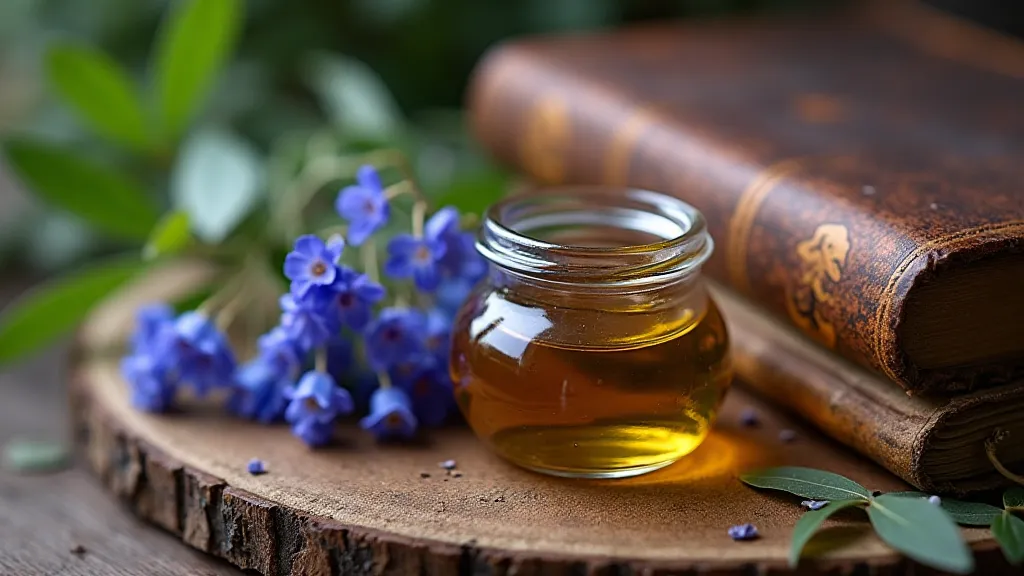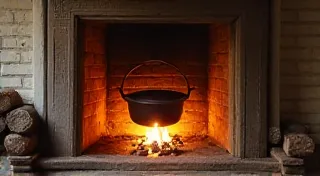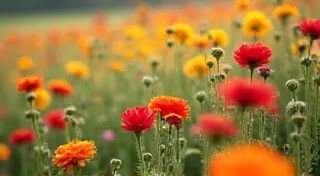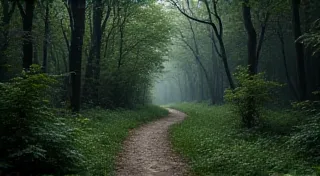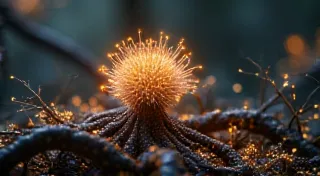Beyond the Borage Bloom: Unveiling the Hidden Potential of Borago officinalis
There’s a peculiar joy in encountering something old, something that whispers of forgotten skills and patient hands. It's akin to finding a perfectly formed borage flower, unexpectedly blooming amidst a tangle of common garden herbs. Most people recognize borage (Borago officinalis) for its dazzling, cornflower-blue blossoms, edible and delightful in salads and drinks. They admire its beauty, perhaps snip a few for garnish, and move on. But to truly appreciate borage is to understand its deeper story, its hidden potential, and the remarkable journey it has taken through history and across continents.
My fascination with unusual herbs began, oddly enough, with antique accordions. My grandfather, a quiet man of meticulous craft, collected them. He wasn't a musician; the accordions were objects of beauty to him, testaments to the ingenuity of their makers. He’s shown me his prized Hohner Erika from 1938 – the bellows crafted from impeccably treated leather, each key precisely weighted, the wood polished to a warmth that drew your hand to it. Each accordion was a miniature marvel, representing countless hours of skilled labor. It was in his presence, surrounded by these meticulously preserved instruments, that I began to see the same level of dedication in the heritage of plants. The beauty of a borage flower, I realized, was just the surface of a much richer narrative.
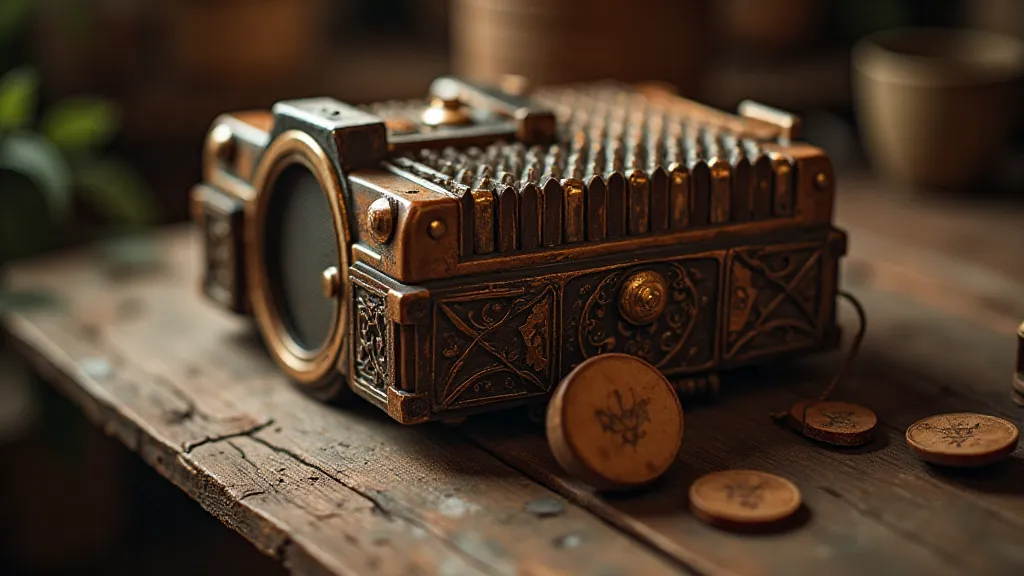
A History Rooted in Ancient Practices
Borage's story is long and entwined with human history. Originating in the Mediterranean region, possibly Syria or Egypt, it was cultivated by the ancient Greeks and Romans. Dioscorides, a Greek physician and botanist, described it in his work *De Materia Medica*, recognizing its diuretic and anti-inflammatory properties. Romans valued it for its ability to relieve melancholy – a surprisingly apt description considering its uplifting blossoms. Pliny the Elder believed borage could "make a man merry." This wasn't just fanciful superstition; the plant contains compounds that can positively impact mood.
During the Middle Ages, borage held a prominent place in monastic gardens, prized not only for its medicinal value but also for its beauty. It was considered a “royal herb” due to its perceived ability to inspire courage and enthusiasm. In medieval herbalism, borage was a key ingredient in “simples,” single-herb remedies used to treat a wide range of ailments, from headaches and fevers to digestive problems and depression. The herb’s association with royalty and its reputation as a mood-boosting tonic likely contributed to its cultural significance during this period.
The plant’s journey to North America occurred with European settlers, and it quickly naturalized in various regions, though it's now considered an occasional weed in some areas. Despite its resilience and ease of cultivation, borage's potential beyond its pretty flowers has largely been overlooked in modern gardening and herbalism.
Beyond the Bloom: Nutritional Value and Traditional Uses
While the flowers are undoubtedly a delight, to focus solely on their visual appeal is to miss a significant part of borage's story. The entire plant – leaves, flowers, and seeds – contains valuable compounds. Borage leaves are rich in essential fatty acids, particularly gamma-linolenic acid (GLA), an omega-6 fatty acid known for its anti-inflammatory properties. GLA is difficult to obtain from many food sources, making borage a potentially valuable addition to the diet.
The seeds are also noteworthy. They contain a significant amount of oil, which is traditionally used as a lubricant and emollient. The oil has been used topically to soothe skin conditions like eczema and dermatitis. It's worth noting, however, that borage seed oil, like all oils rich in essential fatty acids, is prone to rancidity, so proper storage – in a cool, dark place – is crucial. Its best to source oils from reputable suppliers.
Traditionally, borage leaf infusions were used to promote relaxation and reduce anxiety. The leaves can also be added to soups and stews, although their flavor is somewhat bitter and may require careful balancing with other ingredients. Some herbalists recommend a gentle decoction of the roots for digestive support, although this practice should be approached with caution and under the guidance of a qualified herbalist. Always remember that “traditional use” doesn’s equal absolute safety – research is ongoing, and individual reactions can vary.
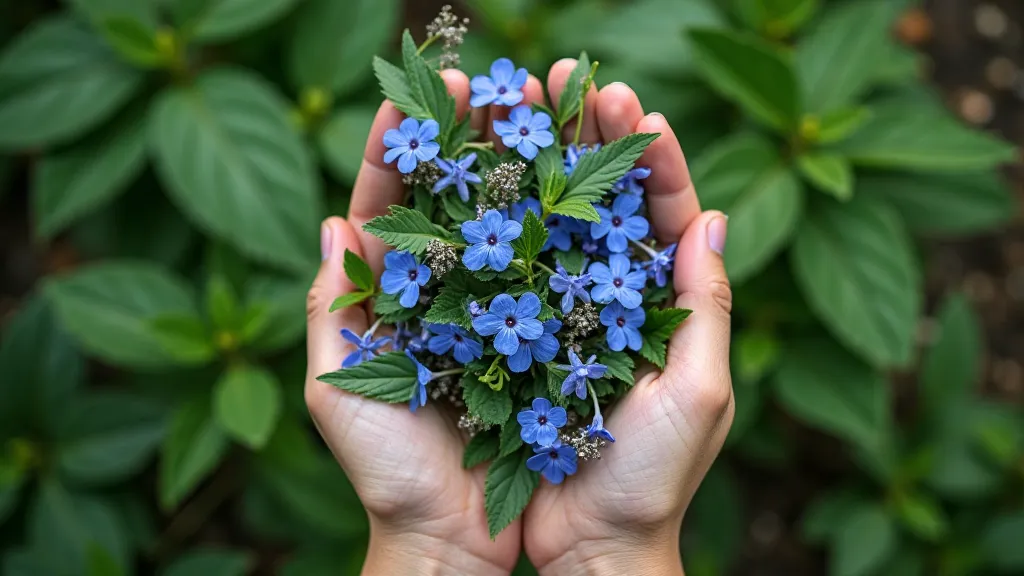
Cultivating and Preserving the Heritage
Growing borage is remarkably easy. It's a self-seeding annual, meaning it readily spreads and pops up in unexpected places – a quality some gardeners find endearing and others find a challenge! It thrives in full sun and well-drained soil, and its tall stalks often sway gracefully in the breeze, adding a touch of elegance to any garden. The plant attracts beneficial insects, including bees and hoverflies, further enhancing its value in the garden ecosystem.
Preserving borage for later use involves several options. The flowers can be dried and used to infuse oils or vinegars, adding a subtle blue hue and a delicate floral flavor. The leaves can be dried for teas or added to herbal blends. The seeds can be collected and roasted for a unique culinary addition, although their flavor can be quite intense. Remember the issue with essential fatty acid oils turning rancid and always handle carefully.
Just as my grandfather meticulously cared for his accordions, preserving the heritage of plants like borage requires a similar level of appreciation and attention. It's about more than just growing a pretty flower; it’s about understanding its history, its potential, and its contribution to the tapestry of human experience. It's about connecting with the generations who have cultivated and cherished this humble herb before us.
Consider the artisan who crafted those accordion bellows - their skill, their dedication, their commitment to quality. Borage, in its own way, embodies that same level of dedication from nature. The simple act of growing and using borage is a way of honoring that heritage, of keeping a small piece of history alive, and of finding beauty and benefit in the unexpected corners of the garden.
